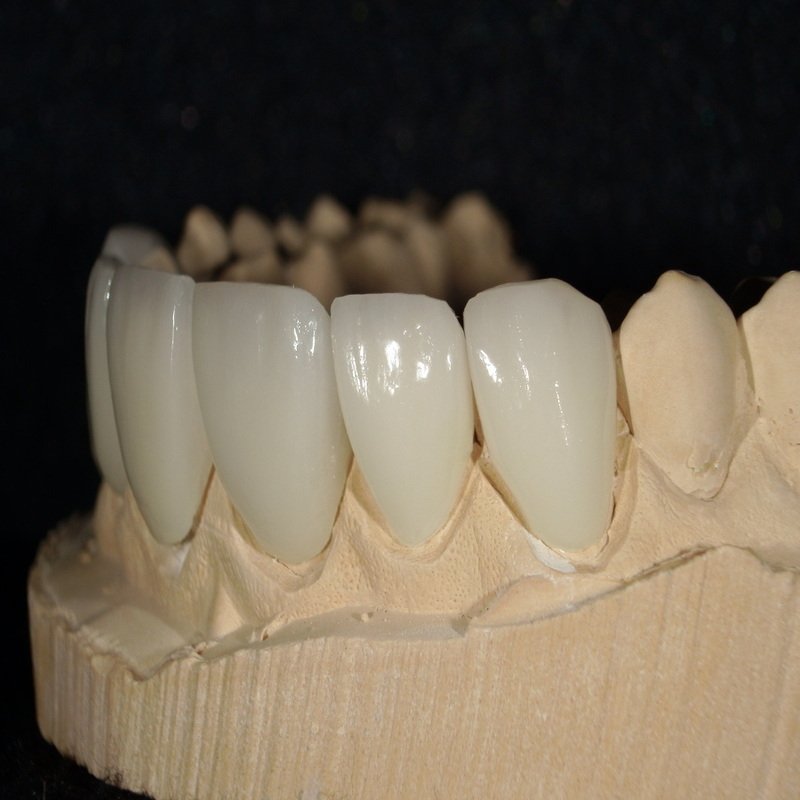Should I Brush my Dog’s teeth? How to Brush Your Dog’s Teeth?
How to brush your dog’s teeth? Some people are wondering if they should do it at all
Dog’s Teeth? Over 2/3 of dogs over the age of three have periodontal disease, infection of the tissues surrounding the teeth, or inflammation.
Gums disease begins as gingivitis caused by tartar and plaque and often progresses to involve the tooth sockets.
If this problem is left untreated, periodontal disease can lead to more significant dental issues; just as human teeth, dog teeth need care.
When Should I Brush My Dog’s Teeth?
It is recommended that dogs brush their teeth at least twice a day, just like humans. This may seem strange to some people because really? Should I brush my dog’s teeth? Why?
It is because you need to prevent dental problems just as you do with your teeth. Once brushing your teeth becomes a part of your dog’s daily life, he will start to expect and enjoy it. Brushing three times a week is the minimum suggestion to help remove plaque and prevent tartar buildup.

What Steps Do I Need to Follow to Teach My Dog to Accept Tooth Brushing?
We know you are wondering how to do it because it isn’t something people see as usual. To successfully brush your dog’s teeth, you must make it a positive practice for both of you. So, take a look at the following steps to help you out:
- Pick a peaceful time and place to start.
- Hold your dog securely in your lap with its head facing you if it is small enough. If it is bigger, you should sit somewhere and have it beside you so you can conveniently handle his mouth and teeth.
- Begin by rubbing your finger or a soft fabric over the outer surfaces of your dog’s teeth, with a back-and-forth motion – concentrating on the area where the gum touches the tooth surface. Be cautious to stay on the outside surfaces of the teeth to avoid being unexpectedly bitten. It is a good idea to rub the cloth along only a few teeth rather than the whole mouth for the first few times, especially if your pet is shaky or apprehensive about the process.
- Once your dog is pleased with you rubbing his teeth, let him taste pet toothpaste from your finger. Don’t apply human toothpaste – it isn’t good to swallow it.
- Once your dog has experienced the taste of pet toothpaste, apply a small amount to a cloth and rub it over the teeth.
- Once your dog is entirely related to you rubbing his teeth with a fabric, it’s time to begin applying a toothbrush.
Can I Use my Toothpaste to Brush my Dog’s Teeth?
Not. The tubes of toothpaste we use have fluoride, which is toxic to dogs. There are toothpaste formulated specifically for dogs, so it is best to use one for dogs.
In pet stores, you will find many kinds of toothpaste for dogs. They are safe and won’t cause health problems if he ingests them. Some contain abrasives, usually calcium and silicates. Some contain chlorhexidine, which is an antibacterial and antiviral agent.
Pet toothpaste is available in several delicious dog flavors, including turkey, beef, malt, and mint. Using a product that tastes great, your dog will be more inclined to enjoy the whole experience.
Brushing with toothpaste is very suitable for removing tartar. In the beginning, you can clean the teeth with a finger wrapped in gauze, on which you will apply the toothpaste, or use a finger glove for dogs, which consists of a small cover that you will place on the finger.
This way, you will easily reach every corner. This result is similar to that obtained with a brush and allows the use of toothpaste. There are also specific mouthwashes for dogs. These antiseptic products fight tartar, plaque, and bad breath.
Dental toys for dogs are also an outstanding alternative to clean their teeth, especially if combined with a specific toothpaste.
One of the best-known is Bristly, specially designed for dental cleaning. This toy has bristles similar to finger brushes and gloves, with a cavity at the top for toothpaste.
The dog will use it as a chew, brushing his teeth while entertaining himself. Consult with your veterinarian about the most suitable alternative for your dog.
What Otherwise Can I Do to Keep My Dog’s Dental Health?
Reaching this point, we hope you have learned that caring for your dog’s teeth is essential. Plaque and tartar are sticky substances that grow on teeth within hours of eating or even after a professional dental cleaning. All these dental problems happen to dogs, too, and if you want them to keep their teeth as long as possible, you will need to start brushing them.



